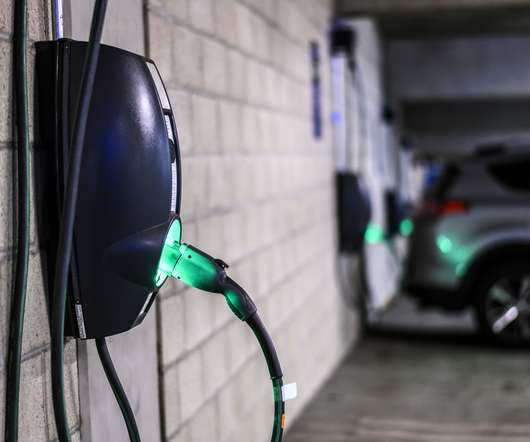PHEVLERs are the Zero CO2 Clean Green Machines of the Future
Green Car Congress
APRIL 22, 2016
The Plug-in Hybrid Electric Vehicle with Long Electric Range (PHEVLER - pronounced “fevler”) is a new category emerging in the electric vehicle marketplace. PHEVLERs are defined as PHEVs with sufficient battery capacity for all electric driving of twice the average daily distance. [ About the authors.













Let's personalize your content